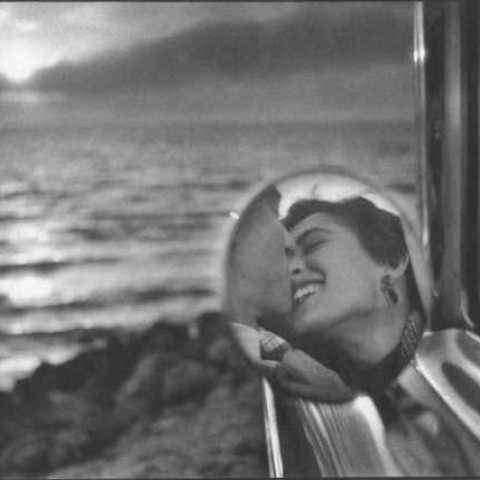HackelBury Fine Art
HackelBury Fine Art
4 Launceston Place
London
W8 5RL
United Kingdom

HackelBury Fine Art will exhibit Art + Books, exploring the art book in all its’ many guises. The exhibition celebrates the art/artists’ book as a form of collaboration – between art and text and between artists, writers, galleries and publishers.
For many years, HackelBury has worked with artists to produce art books. Their publishing arm, Imprint, has seen five books produced in collaboration with numerous artists which often document important work which would otherwise go unseen.
Art + Books highlights a selection of these collaborations, including Doug and Mike Starn’s Gravity of Light, the first book to celebrate the full breadth of the Starn innovative photographic career; Alys Tomlinson’s Lost Summer and Willy Ronis: The Master Photographer’s Unpublished Album a photo-book which retraces his career and contributions to photography and photojournalism.
Elliott Erwitt Personal Best is a collection of photographs spanning his career, gathering together many of his most remarkable images alongside many which have never before been published. Ojeikere Photographs explores J. D. Okhai Ojeikere’s photographs of Nigerian hairstyling. Captured in meticulous detail, the images are ethnographic documents of this evolving aspect of Nigerian culture.
Ian McKeever’s Against Photography: Early Works 1976 was published to accompany the exhibition of the same title and provides a rare opportunity to immerse oneself fully in the dynamic first two decades of his long and distinguished career.
The art book has a long and important history which began in Paris in the 1890’s when artists decided the book format was the perfect tool for combining text and image. Artists embraced the opportunity to use available and inexpensive materials and methods to create a narrative and sequence of images (often combined with text), which communicates the work of an artist to a mass audience yet provides an intimate experience.
This democratizing of art and photography through the book format remains a singularly important reason for art books to be produced and allows work to be showcased which may otherwise be too costly or expansive to show in a physical gallery space. The book format gives more freedom to the artist to envisage how their work is perceived in time and space and, in the case of accompanying text, allows a dialogue to take place between image and text. The art book also reflects the passage of time, documenting an artist’s career, creating an archive and valuable legacy.
